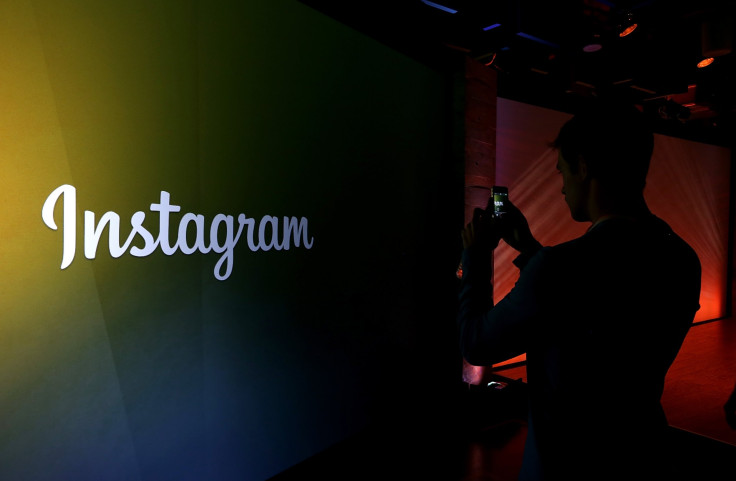Instagram Has Become Facebook's Best Investment -- By Far

In April 2012, Facebook (NASDAQ:FB) rocked the tech world when it announced it had paid $1 billion for Instagram. The purchase sent heads shaking and tongues wagging. Even late night TV got into the game as Jon Stewart, then host of The Daily Show, famously quipped, "A billion dollars of ... money? For a thing that kind of ruins your pictures?"
This article originally appeared in The Motley Fool.
Now, just six years later, it looks like Facebook CEO Mark Zuckerberg gets the last laugh. In an analysis conducted by Bloomberg Intelligence, analyst Jitendra Waral estimates that Instagram would be worth a whopping $100 billion, assuming it was still a stand-alone company.
Just Six Years Ago...
At the time of the purchase, Instagram reportedly had 30 million iPhone-user accounts and an estimated 1 million new Android users when the app for that operating system was released. The company had no revenue and no business model to speak of. Facebook, meanwhile, was preparing for its IPO the following month and its users were uploading 250 million photos per day, illustrating the growing importance of photo sharing.
Plenty of things have changed since then. Instagram recently announced that it had surpassed 1 billion monthly active users (MAUs) -- compare that to Facebook's 2.2 billion. While Facebook's user growth is slowing, Instagram's growth will probably continue to accelerate and it is expected to account for 28% of its parent company's mobile ad revenue for 2018. "With its rapidly increasing advertiser base, [Instagram] will quickly become the engine that drives growth for the whole," according to market research company eMarketer, which estimates that Instagram will account for as much as 40% of Facebook's revenue by 2020.
The Evolution Continues
Waral believes that Instagram will eclipse 2 billion MAUs over the next five years and that it could potentially surpass Facebook's number of active users, pointing to Instagram's faster adoption curve.
The entry into video is likely to be a main growth driver, and it began in earnest when Instagram Stories debuted in August 2016, which allowed users to share multiple short videos within a 24-hour time frame. The move, based on a similar feature in Snapchat, was followed by a rapid increase in both users and engagement levels. Instagram recently announced that its Stories feature surpassed 400 million daily active users, more than two times bigger than Snap's offering. The photo-sharing network is now pushing further into the video segment, with the recent launch of IGTV, a new feature that will allow creators to upload videos that are up to an hour long, far exceeding the previous limit of one minute.
This move is seen as a direct challenge to Google's YouTube, a division of Alphabet. While there are no plans to advertise on IGTV to start out, Instagram CEO Kevin Systrom said it's "obviously a very reasonable place [for them] to end up." He continued by saying there would also eventually be a revenue-sharing deal with creators.
The Opportunity Will Likely Get Bigger From Here
While Facebook's acquisition of Instagram was widely questioned at the time, it seems rather prescient now. Digital video ad spending in the U.S. is expected to grow 25% in 2018 to nearly $7.9 billion, according to eMarketer via the New York Times. For its part, Instagram is expected to produce nearly $5.5 billion in ad sales this year, up more than 70% over 2017.
Those who have feared slowing growth at Facebook's flagship social network need to look no further than Instagram to see where the next generation of the company's growth will come from.
Suzanne Frey, an executive at Alphabet, is a member of The Motley Fool’s board of directors. Danny Venaowns shares of Alphabet (A shares) and Facebook. The Motley Fool owns shares of and recommends Alphabet (A shares), Alphabet (C shares), and Facebook. The Motley Fool has a disclosure policy.




















